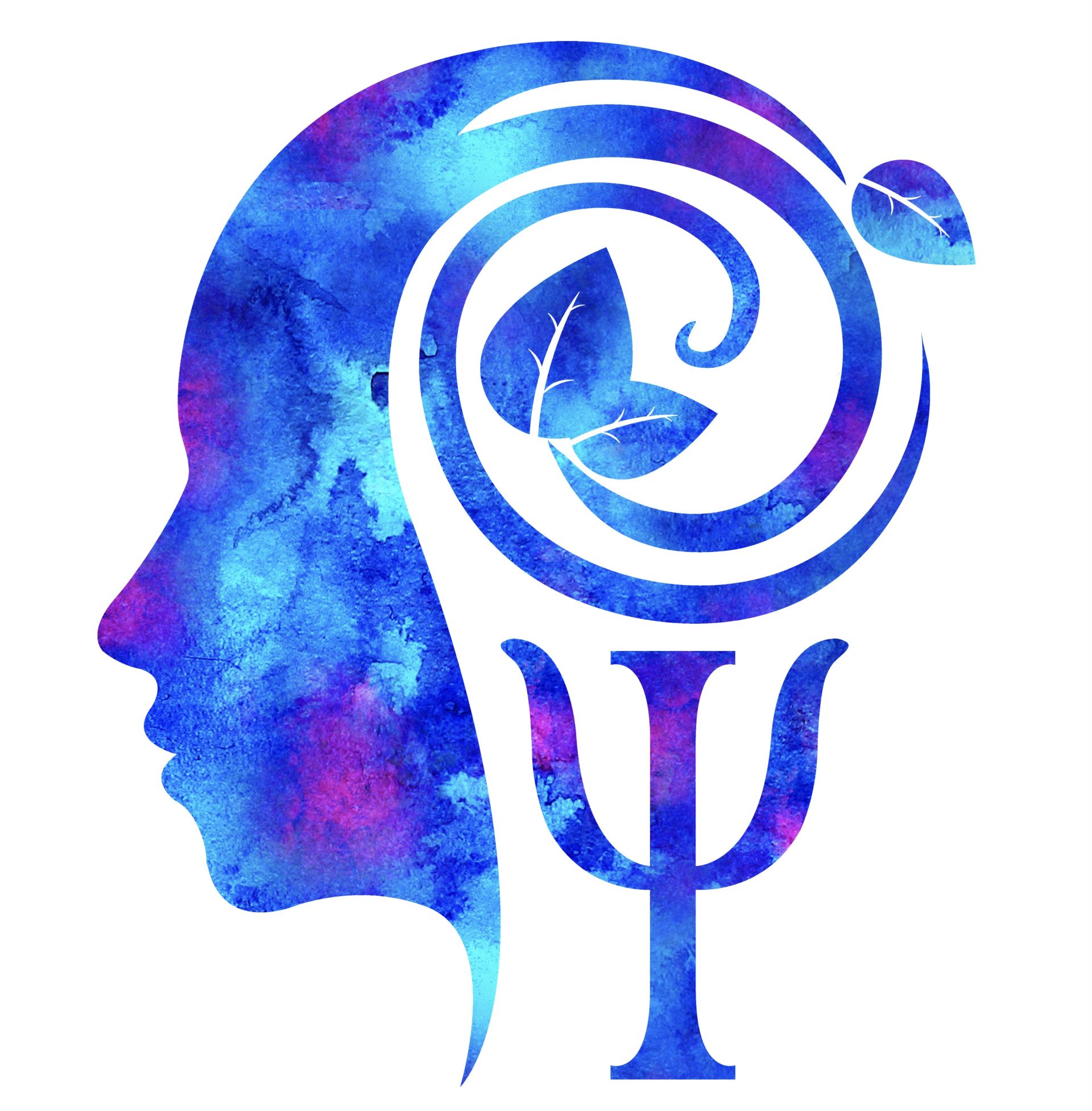Since the global pandemic there has been an exponential rise in online learning, as many sought to while a way the time in lockdown studying for new skills; or simply finally having the time to learn more about a topic they love.
However, both traditional and online learning comes with advantages and disadvantages. How can teachers and experts ensure that the learning outcomes are achieved and their online course is successful? This blogpost discusses the traditional learning theory of Blooms Taxonomy applied to e-learning.
With online learning, students attend classes either through a self-study method - the student has access to videos, text, audio, self assessment or tutor marked final assessment or through a blended learning approach of live tuition and interactions with tutors with additional self-study learning materials. For self-study courses, students can attend the curriculum at their own pace and easily access the class from anywhere.
Creating measurable learning objectives that lead to meaningful, transformative outcomes for students and learners is essential to the success of any online course. Attention should be paid to the 'anatomy' of the learning process as per
Blooms Taxonomy:
Your student needs to be able to remember what they have learned, analyse, evaluate, understand and apply their new knowledge; finally, be able to create something from the knowledge gained. Example being 'how to paint a landscape scene with watercolours'. Your student should be able to do this by the end of your watercolour painting course. Start with the end goal in mind and ask yourself, what do your students/learners need to be able to do by the end of the course?
Need professional, qualified help with the creation of your course? Then why not join the
Most Successful You Online Course Creation Program here, Or, if you would prefer to just hand over the reins to your soon to be successful online course, then
contact me here to request a sample lesson to view and your complimentary strategy session.
#elearningdevelopment #onlinecourses #elearningcompany

